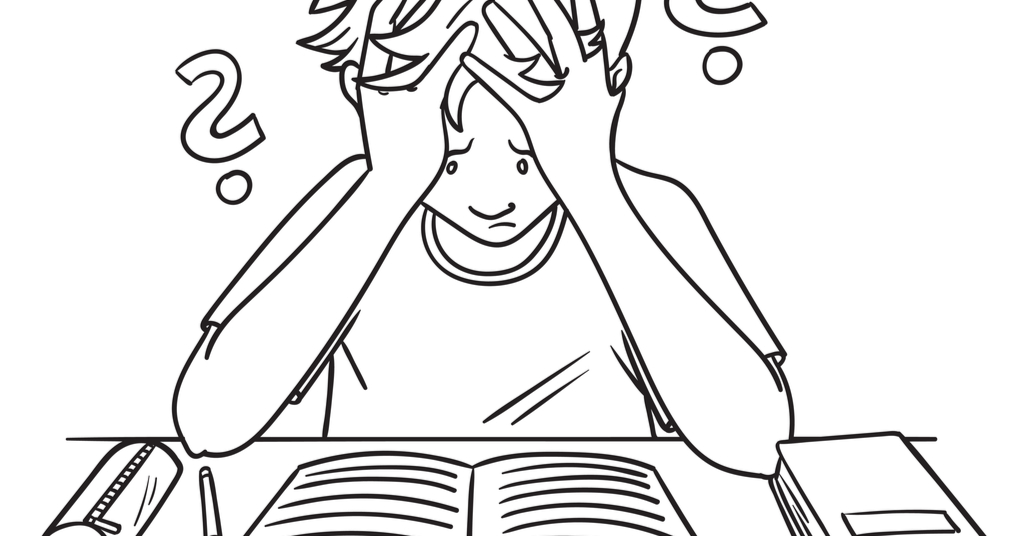Important SAT Update: Transition to Digital SAT
Effective December 3, 2023, the traditional paper-and-pencil format of the SAT has been discontinued. Starting in 2024, all students are required to take the Digital SAT, ushering in substantial changes in duration, format, material coverage, and question types. This shift to the Digital SAT represents a departure from traditional testing methods. It is crucial for students, educators, and test-takers to acquaint themselves with the new examination structure. Read more about the Digital SAT here.
The SAT® Reading exam will expect you to read five passages and answer 10 to 11 multiple-choice questions that follow each of the passages. There will be a total of 52 questions in this portion of the SAT exam. These passages cover various topics and fall into categories of:
- World literature
- History and social studies
- Sciences
Throughout the exam, you will have 65 minutes to read one world history passage, one social science passage, one historical document, and two science passages. You can expect each of these passages to be about 500 to 750 words.
World Literature passages are portions of fictional, cultural or historical text that test your comprehension skills on plot setting, characters and settings, events, word choice, and the author’s ideas. These passages are slightly different from passages on Science or History & Social Studies in that they are not evidence-based. You will need to read SAT fiction passages thoroughly to understand what is being inferred in each passage.
Here are some SAT Reading literary fiction passage tips to help you ace this section!
1. Read the italicized text that precedes the story for context
Often, students completely ignore the text that precedes the passage in a rush to get the reading done. Instead, you should know that the italicized lines that come before the passage can be extremely beneficial to properly help properly understand the passage.
This information can provide insights into whom the author is, why the author wrote the text, or when the author wrote the text. Because the passages are so short, it is a good idea to take advantage of any background information you can get.
Paying attention to the italicized text is a good way to remove the guesswork of who is writing the passage, why he or she is writing the passage and any circumstances that may have impacted the writing.
2. Track the characters
The short stories within the passages are notorious for having plots that can be difficult to pin down. If you struggle to track the plot of the text, pay attention to the characters. By noting their reactions to the action, you may be able to pinpoint significant points in the plot more effectively. As you read the passage, pay attention to who is talking.
3. Mark when the action occurs
Pay attention to transitions occurring in the passage. Transition words or shifts in tone are a good way to map out the action of the plot. Do not be afraid to mark up your test booklet with notes. This can be a great way to save time when going back to find important details that come up in the questions that follow the passages.
4. What is the mood of the story?
When reading SAT fiction passages or a historical text, pay attention to the tone, word choice, or other small details in the author’s writing style. Details about the author’s writing style will likely come up in the questions that follow the passages.
You can decipher the author’s motivation through word choice and tone. You can track your own reactions to the text while reading to assess the mood of the passage. If a line, word, or phrase impacts you, then make a note of it. You may be asked about that moment later on.
Now that you know these SAT Reading literary fiction passage tips, you can put them to the test as you prepare for the exam. As you take your practice exams and work through sample problems, you can see how these strategies impact your reading comprehension and performance. You can prepare for the SAT Reading test through UWorld’s SAT Prep Course.
The prep course offers thousands of sample questions, detailed answer explanations, and performance tracking tools to streamline your SAT study plan and improve your scores. Try it out to reach your goal score on the SAT exam!




